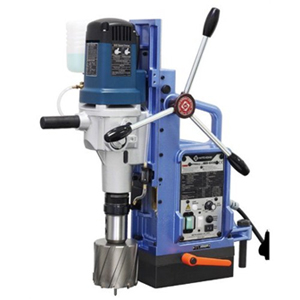Schedule a Call Back
Automation - The key to industrial growth
 Technical Articles
Technical Articles- Jan 01,17

While there is the threat of increasing automation replacing the need for human intervention and thereby leading to greater unemployment, the indication that industrial efficiency will increase only due to automation is clear enough.
There is a clear focus in Indian industry now: Increase process efficiency to lead to improved productivity and higher profits. Given that, automation is seen as the need of the hour. Small wonder then that according to a recently released TechSci Research report titled ‘India Factory Automation Market Forecast and Opportunities, 2020’, the factory automation market in India is projected to register growth at a CAGR of around 12% during 2015 – 2020. This growth in the market is anticipated on account of growing deployment of various factory automation systems in automotive, chemicals, and other manufacturing units, along with various government initiatives aimed at increasing domestic manufacturing.
The factory automation market in India has been growing at a considerable pace over the last few years, owing to the growing need for a reliable and cost-effective method of production, which results in minimisation of waste. In addition to making the process more controlled and streamlined, automation solutions also provide better productivity compared to manual labour. On account of these benefits, the deployment of factory automation solutions in various factories is projected to increase during the forecast period.
“Presently, the factory automation market in India is exhibiting significant growth due to growing demand from automotive hubs across the country. Further, the ‘Make in India’ initiative is also expected to play an important role in boosting the adoption of factory automation solutions in the country. With major investments expected in the manufacturing sector in India in the upcoming years, the demand for factory automation solutions in the country is also anticipated to rise over the next five years,” says Karan Chechi, Research Director with TechSci Research, a global management consulting firm.
As per yet another report on this sector, innovation in information technology (IT), increase in disposable income, rise in demand of goods and services augmented by increase in population, hike in salaries and wages of labour, emergence of the middle-class and others are some of the factors expected to drive the industrial automation growth in the future. “With the development of the Indian manufacturing sector, there has been a need for more competitive edge in terms of productivity, profitability, safety and sustainable manufacturing processes. The concept of semi-knock-down manufacturing and domestic manufacturing is likely to increase in the future due to the Make in India initiative and relaxation of FDI policies in the manufacturing sector across different industries,” the report by Ken Research states.
In addition to this, export of automation products will become competitive in the world market due to hike in interest rates by Federal Reserve in the United States. Also, in the coming future, the industrial automation sector will witness deeper connections between the plant floor and the business along with the broader ecosystem which surrounds the manufacturer. “The industry will mark a closer association between engineers who are located at the head office and employees at manufacturing plants located at distant places. The analyst at Ken Research recommends that “in order to compete on a global level and produce quality products, Indian manufacturers need to aim at improving capital and labour productivity. Moreover, hardening of industrial Ethernet networks are required to migrate to IPV6 that incorporate a stronger security model.”
According to K Nandakumar, former president of the Automation Industry Association (AIA) and CMD, Chemtrols Industries Limited, “India is behind the curve on deployment of automation technologies in manufacturing and maintenance. Less than 1% of manufacturing GDP comes from automation and instrumentation, whereas in developed economies the percentage is more like 5%. By 2020 India needs to go global and that is possible only with enhanced investment in automation.” In the current automation scenario, islands of automation have created several challenges because the lack of integration has impacted operational excellence improvements. While developed countries have already started focusing on the integration aspect, the Indian manufacturing sector is still nascent with regards to the current levels of adoption of manufacturing solutions.
Raghavendra Rao, Vice President, Frost & Sullivan, states, “India is a perpetual nation having perpetual growth. Challenges in automation adoption that we face in India are availability of cheaper alternatives, lack of clarity on RoI and lack of clear regulation. India has the largest bank of skilled workforce where there is money, market and people. We have to give a serious look on lower margin and higher growth. Increasing demand from manufacturing activities in the country has forced manufacturers across different sectors to focus on attaining operational excellence. This would also necessitate the integration of automation and business systems, resulting in a shift towards the global trend of complete shop floor to top floor integration.”
In India, levels of automation in most industries are far from their respective global norms. The penetration of automation in sectors such as food and beverages and mining is below global standards and hence these sectors lag behind in terms of competitiveness. Power, oil and gas and automotive industries have always been leading adopters of different automation technologies. The complexity of processes and need to optimise plant operations as well as enhance margins has resulted in oil and gas being at the forefront of automation adoption. However, on the brighter side, given the rapid progress in the automotive sector and the fact that India is becoming an innovation hub for small cars, the adoption of automation technologies has increased. Following the progress made by these sectors, other sectors such as chemicals and fertilisers, cement, and metals among others have started to realise the benefits of adopting advanced automation technologies.
Taking the Lead
Some of the top companies have no doubt taken a good lead in driving the automation market ahead. Schneider Electric, for instance, is one such company. At the Wonderware user conference held in Orlando, USA, Ravi Gopinath, Executive Vice President, Software Business at Schneider Electric demonstrated ways in which the company continues to evaluate how its product portfolio can evolve to help customers, paying particular attention to fundamental shifts that shape business decisions. A new generation of workers are forcing their employers to re-evaluate how enterprise and plant floor technology can be used and consumed. Then, of course, there are the technology trends that are not passing fads, including The Cloud, the Industrial Internet of Things (IIoT), mobility and Big Data and analytics.
For example, Schneider Electric is digitally connecting the electromagnetic equipment it makes to a historian and predictive analytics in order to manage and monitor fault information, diagnostics and performance for its customers. The information captured can tie into business planning systems to see when something may fail. It can also provide feedback to the engineering teams to tweak how products behave. A cloud solution developed by the company is Wonderware Online InSight which provides access to any of the organisation’s production and performance data from anywhere on a mobile device. By typing in the information you are looking for, much like a Google search window, content is automatically generated with screens that look at time series data, bar charts, and even notifies operators when things go beyond certain conditions.
Meanwhile, at a trade show in Germany this year, ABB demonstrated how it is paving the way to the ‘factory of the future’ with latest robotics technologies. “As manufacturing industries like plastics and rubber move from mass production to customised small lots, the flexibility to efficiently change and adapt production becomes critical. This requires increased collaboration between people and robots, between islands of automation and even between production sites. Digitalisation ties it all together, where actionable information drives better decisions, and helps manufacturers unlock the benefits of ABB’s concept of the Internet of Things, Services and People (IoTSP), increasing productivity, flexibility and efficiency along the manufacturing value chain,” a press release states.
“Significant growth in the consumption of plastics has led to it becoming an integral part of our everyday lives. And, as a result, customers are increasingly looking for ways to differentiate their products to stand out in the marketplace. ABB’s leading position in the plastics and rubber industry is helping its customers manage this transition towards greater product customisation while opening the door to the factory of the future,” says Helen Ke Feng, Global Segment Manager, Plastics and Rubber, ABB Robotics. On display was a new collaborative solution called YuMi®, the world’s first truly collaborative robot, and a new ‘connected services’ platform for robots that can prevent up to 25% of incidents and speed response times and issue resolution by up to 60%. Connected services are part of the ongoing evolution of the remote services for robots ABB introduced almost 10 years ago and reflect the benefits of integrating over 5,000 robots today into the IoTSP ecosystem.
Recently, ABB introduced IRB 1200 Foundry Plus 2, the smallest foundry robot in its class. This compact robot can increase flexibility and reduce cycle times for precision die casting processes such as smartphone cases and other electrical components. Now protected with Foundry Plus 2, ABB’s optional protection system, the IRB 1200 can withstand harsh environments and meets the requirements of protection ratings IP66/67. “Foundry robots have long contributed to the productivity and speed of heavy-duty metal casting and automotive applications, and are now becoming increasingly important in consumer electronics applications to cast light weight metals,” says Dr Hui Zhang, head of product management, ABB Robotics. “This robot will allow our customers to increase productivity, deliver better work piece quality and reduce cycle times,” he adds.
At the 2016 edition of ELECRAMA Siemens showcased solutions for electrification, automation and digitalisation. “The impact of digitalisation in manufacturing will be significant. It will transform the design, manufacture, operation and service of products and production systems. We illustrated the increasing connectivity of the virtual and real worlds in manufacturing that enable our customers to achieve substantial savings on resources and shorter times to market,” said Ashish Bhat, Executive Vice-President and Head, Digital Factory, Siemens India, on that occasion. “The energy matrix of tomorrow will be electrically and mechanically rock solid, efficiently automated, and digitally fully empowered. It will seamlessly serve energy transactions across borders, systems, and energy forms with open, transparent markets operating under new digitally-enabled regulatory frameworks,” said Harald Griem, Executive Vice-President and Head, Energy Management Division, Siemens India.
Further, General Electric India Technology Centre (GE ITC) in partnership with National Association of Software and Services Companies (NASSCOM) and Deloitte, recently launched a study titled ‘IoT: A Revolution in the Making’ in Bengaluru. It provides an understanding of the global and domestic market opportunity and recommends to players in the value chain (including start-ups) the major markets, segments, and key success factors expected to shape the Internet of Things (IoT) space. Given the importance of IoT to the domestic market and its relevance to service providers in India, this report offers a roadmap for the industry. One of the findings is that IoT is poised for exponential growth globally, with the number of connected devices expected to grow 5.5 times to 20.8 billion and revenue expected to grow over three times to USD 3 trillion by 2020.
Impact of Automation
Martin Ford’s ‘The Rise of the Robots: Technology and the Threat of Mass Unemployment’ (Oneworld Publications, 2015) is a fascinating account of how increasing automation is changing the nature of manufacturing and of services across the world. Ford points out that while the productivity of manufacturing rose steadily in the 20th century, there was a major qualitative difference in two phases. Prior to the first oil shock, productivity increases came from electrical and mechanical improvements, and the benefits of productivity increases were matched by increased wages to workers. However, from the 1980s onward, productivity increases have been largely due to information technology (IT) and the beneficiaries have been owners and the investors in capital, not those working on the shop floor.
“There has been a big jump in the nature of tasks that machines can do. Thanks to developments in artificial intelligence and machine learning and the huge decrease in the cost of computing because of the relentless march of Moore’s law (where the power of computers doubles every 18 months), machines can do a whole new set of tasks that earlier required human intervention,” he writes.
According to Rishikesha Krishnan, Director and Professor of Strategic Management at the Indian Institute of Management, Indore, “The jobs that India is targeting through foreign direct investment are primarily those that can be offshored or outsourced. But it is this same set of jobs that is repeatable and programmable, and hence most vulnerable to automation. In India, several studies show our impressive growth since liberalisation has not been accompanied by the expected growth in employment. While this may not be due to automation alone, it is clear a combination of capital investment in technology and the casualisation of labour are stunting the growth of labour in the organised sector.”
Way Ahead
As per a PwC study, attempts at backward integration and establishing relationships with major industry materials and technology suppliers are being looked into to reduce risks of supply disruptions. Innovation is being targeted in the areas of operations management, process innovation, product design and utilisation of global distribution channels. “Rethinking innovation in industrial manufacturing, improvements in sensor technology and radio frequency identification (RFID) tags are making it possible for machines to talk to each other as also send detailed information about how they are being used. This creates a huge amount of data, which new tools are making it possible to analyse in real-time. Further, there is R&D and investment in areas associated with productivity increases and product quality at the plant level, and in order to do so, they are capitalising on automation. A manufacturer of automation engines and equipments has leveraged IT to develop a roadmap to standardise its processes, enable effective customer interaction and create a new sales channel through the online medium. This increased R&D focus is to further strengthen total solutions’ capabilities,” the report states.
– HUNED CONTRACTOR
Related Stories
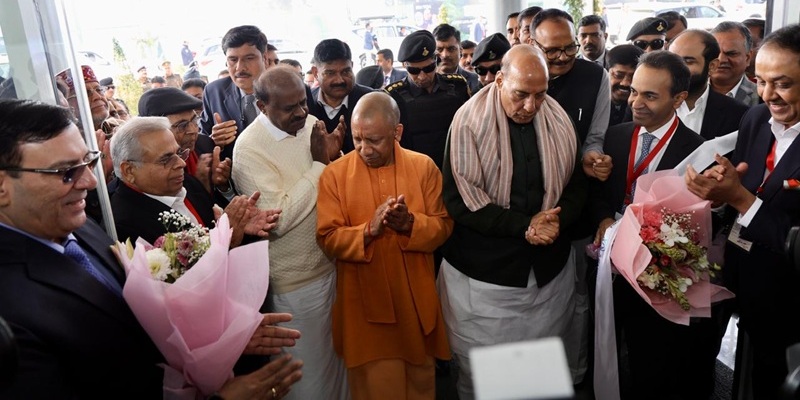
Ashok Leyland opens green mobility-focused greenfield plant in Uttar Pradesh
Designed primarily for electric vehicle manufacturing, the plant has an annual production capacity of up to 5,000 vehicles.
Read more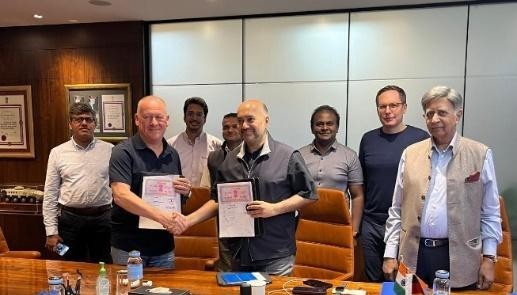
Bharat Forge and Agile Robots sign MoU to Advance AI-Led Industrial Automation
The MoU brings together Bharat Forge’s manufacturing expertise and Germany-based Agile Robots’ AI-led robotics capabilities to accelerate intelligent automation across key civilian industrial se..
Read more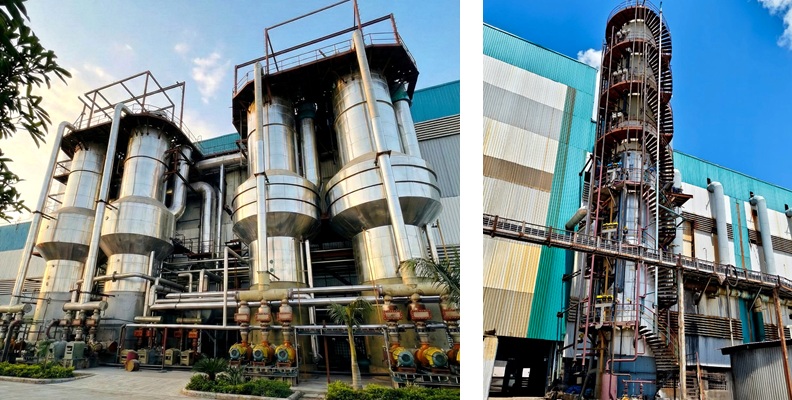
Spray Engineering Devices drives Parag Agro’s 7000 TCD expansion
SED’s phased modernisation programme has enabled Parag Agro to scale sugar production to 7,000 TCD while achieving significant gains in energy efficiency and sustainability.
Read moreRelated Products
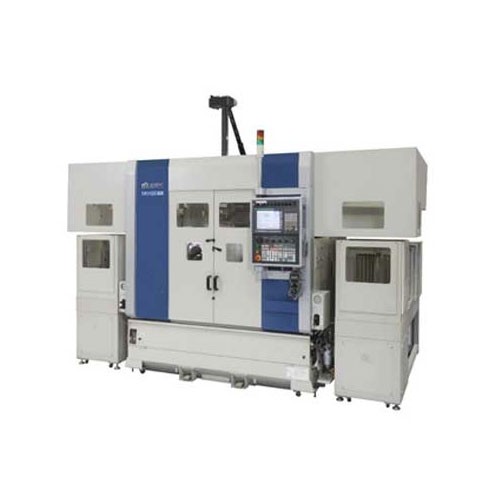
Compact Fmc - Motorum 3048tg With Fs2512
Meiban Engineering Technologies Pvt Ltd offers a wide range of Compact FMC - Motorum 3048TG with FS2512.
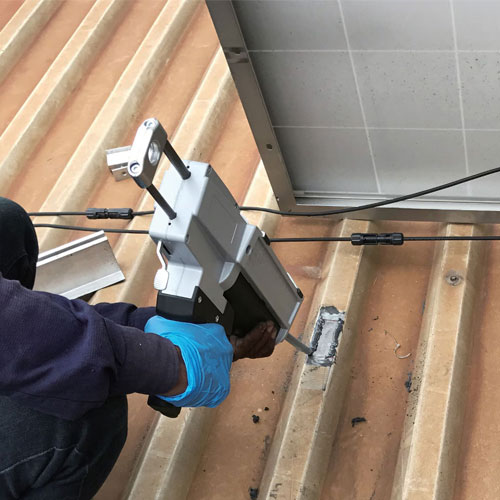
Structural Adhesive for Solar Panel Roof Mounting
Parson Adhesives India Private Ltd offers a wide range of structural adhesive for solar panel roof mounting – Partite 7535.
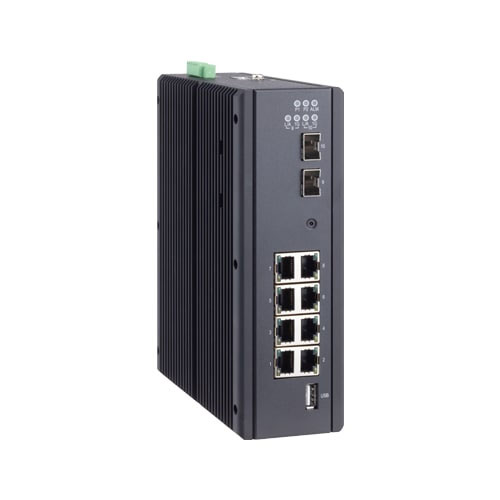
Industrial Tsn Switch
Contec launches a future-ready Industrial TSN Switch- SH-9210TSN.






